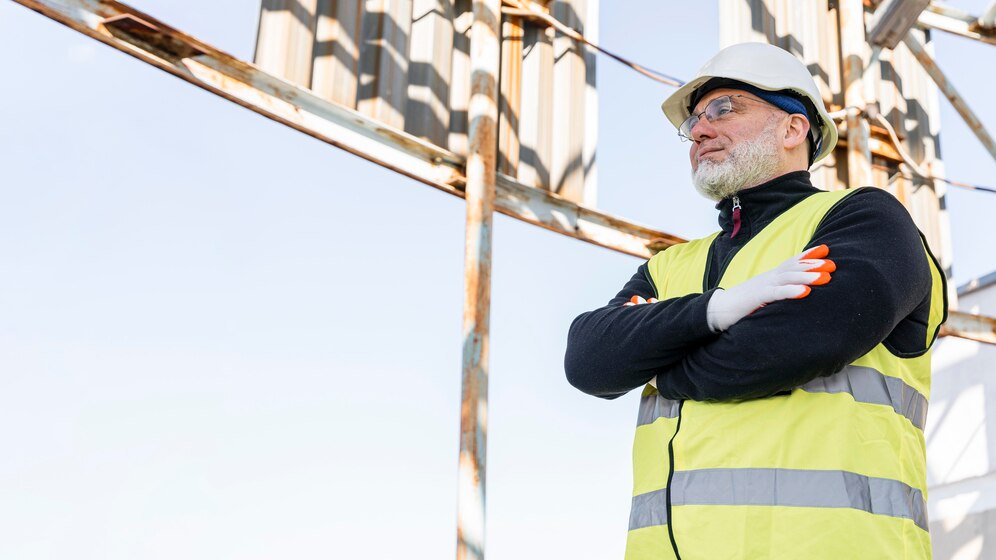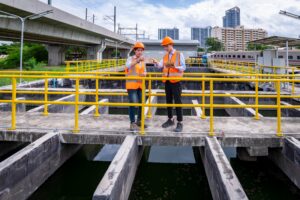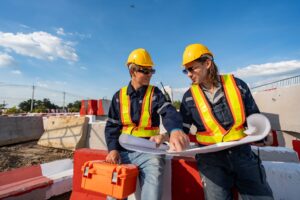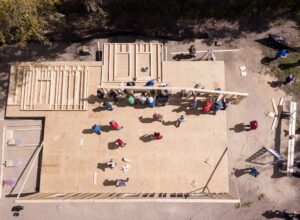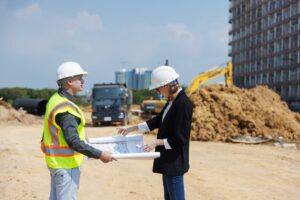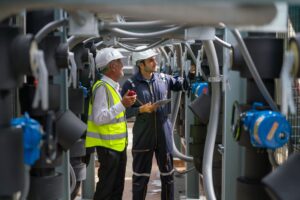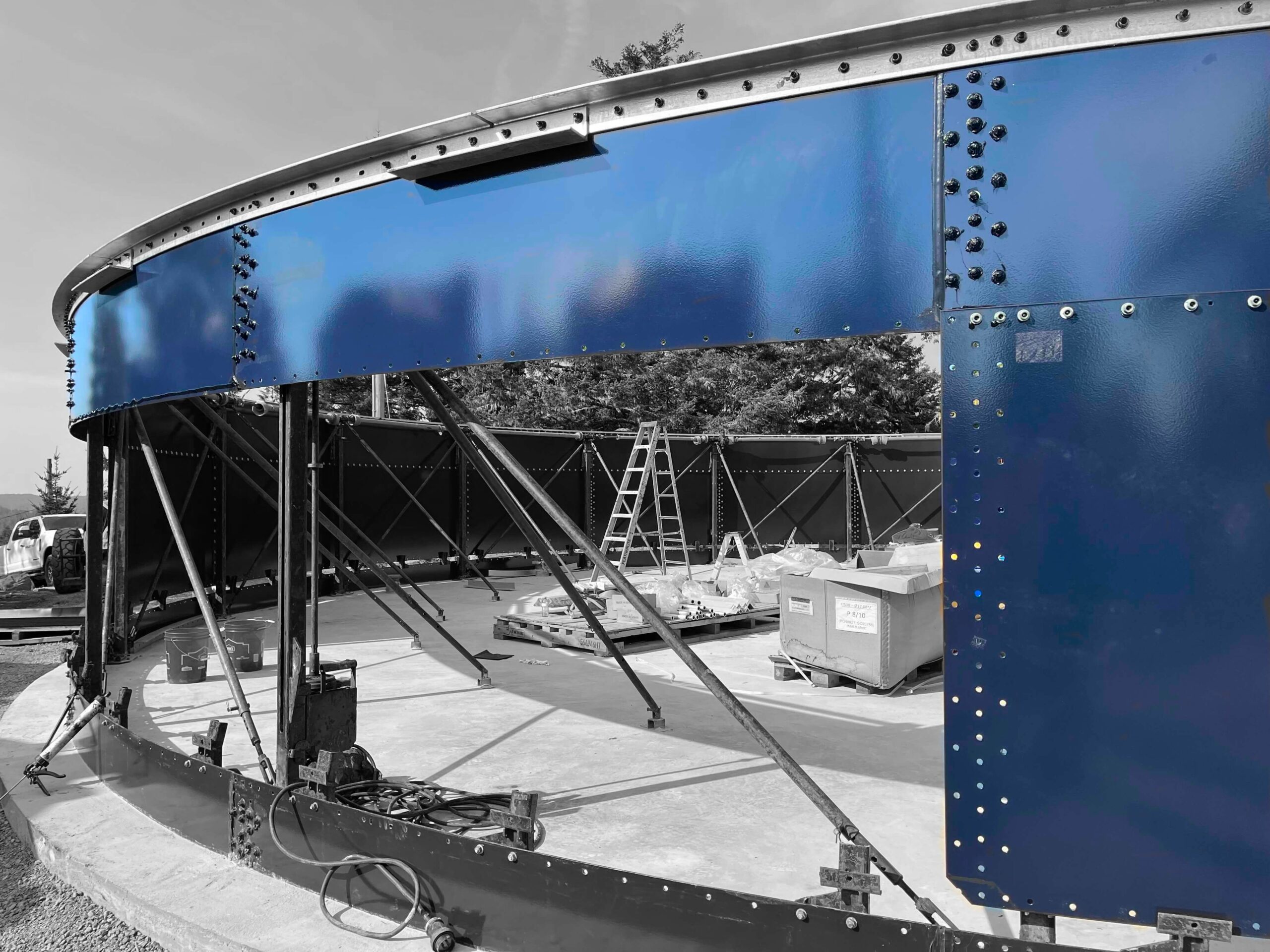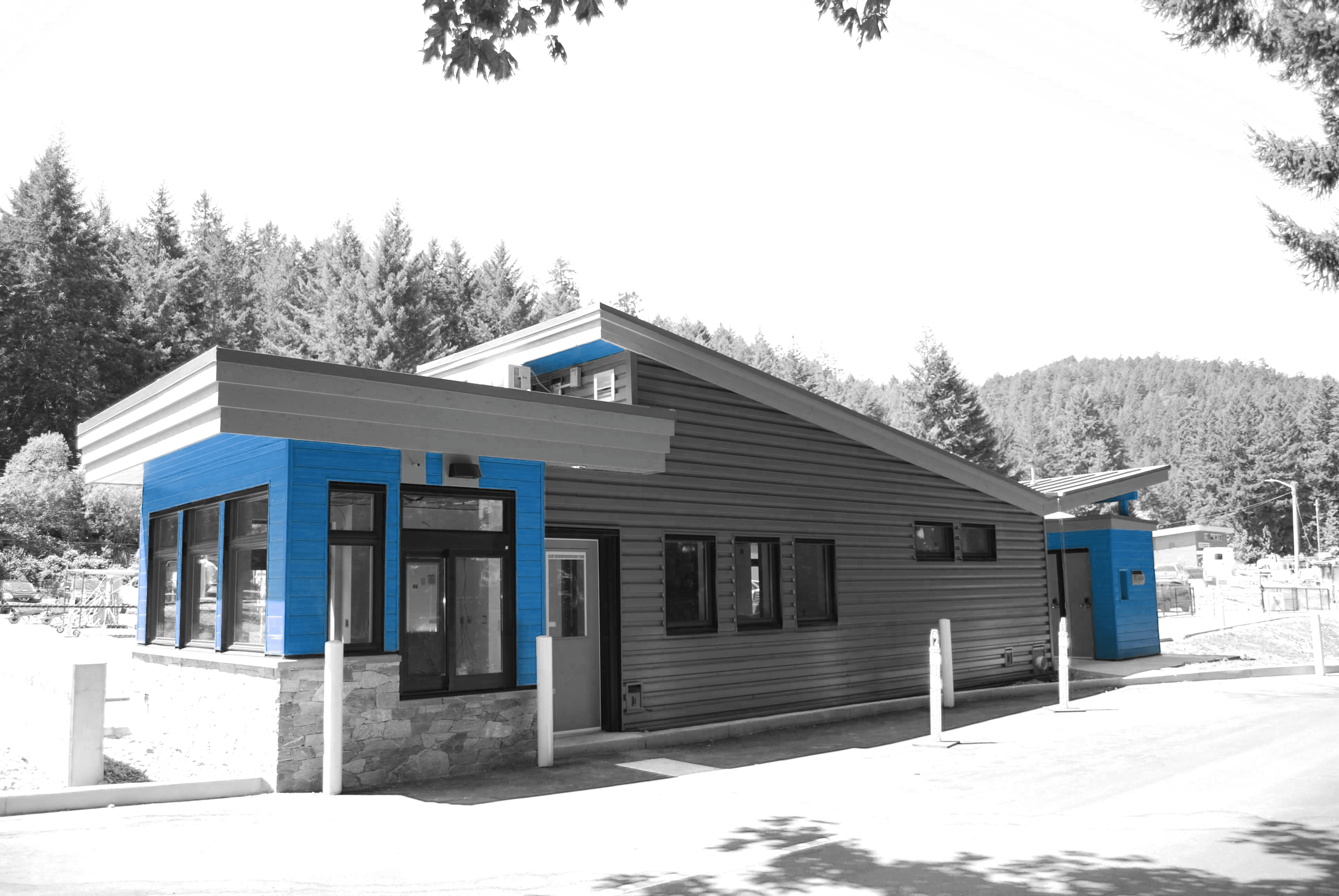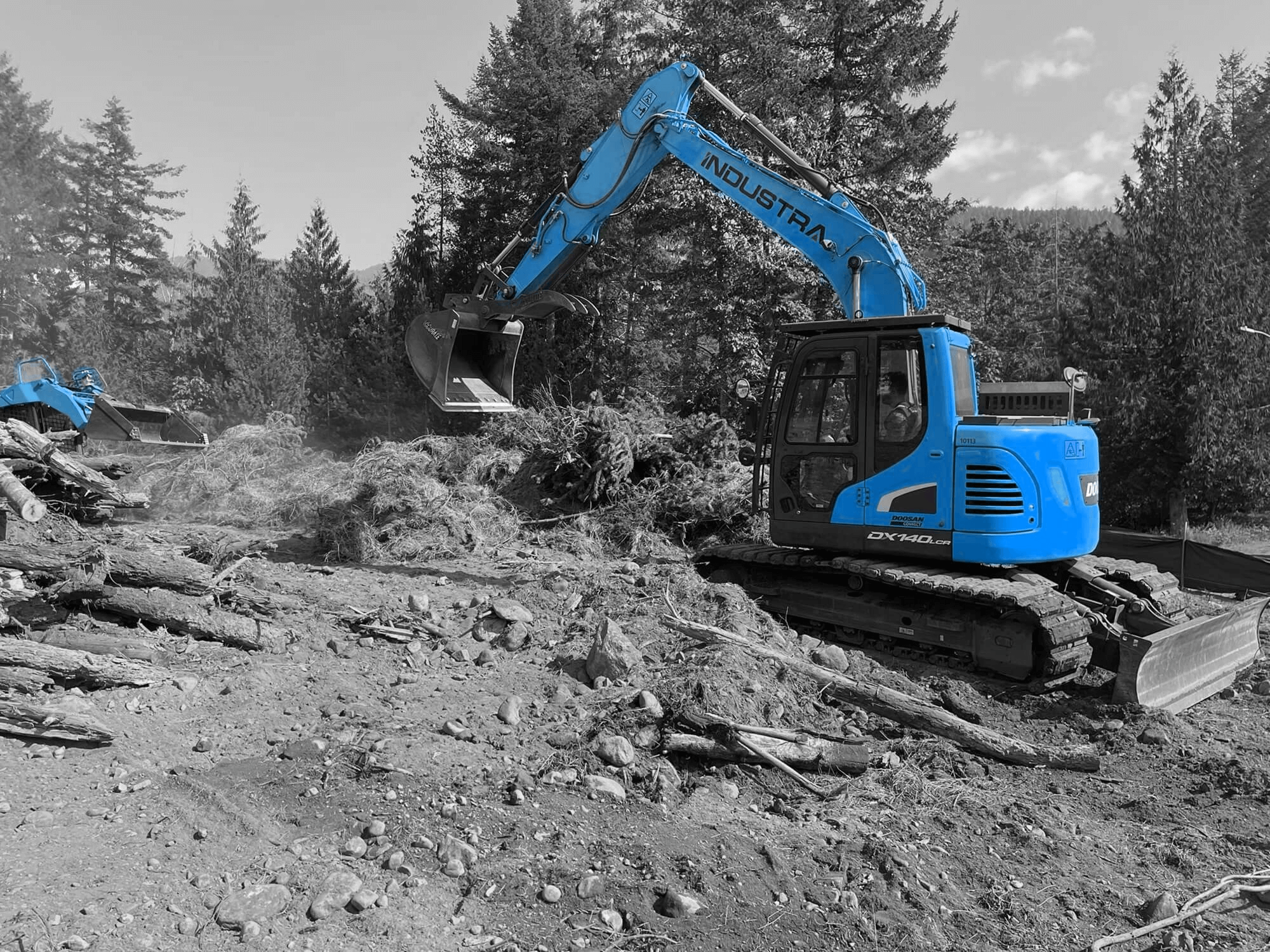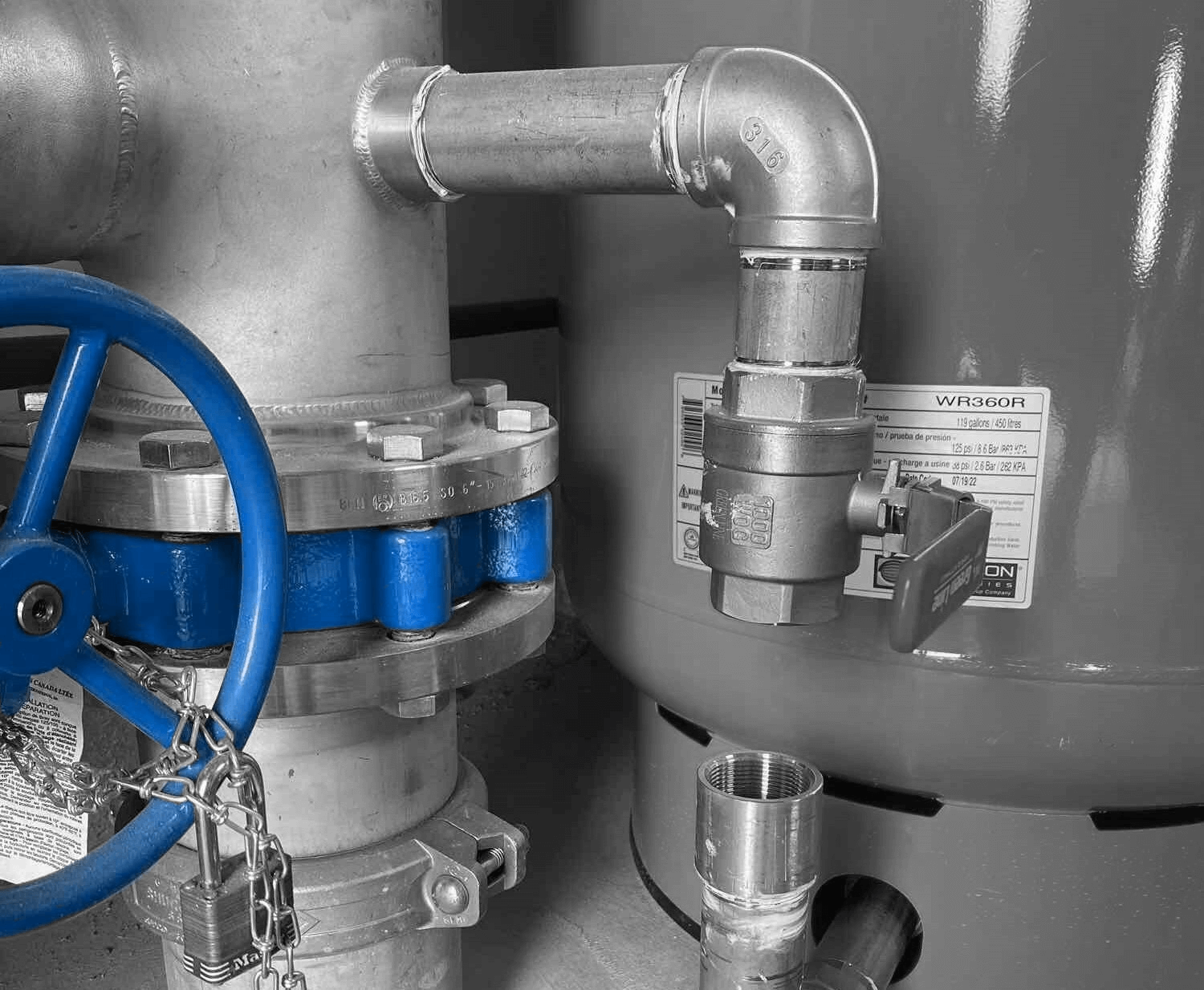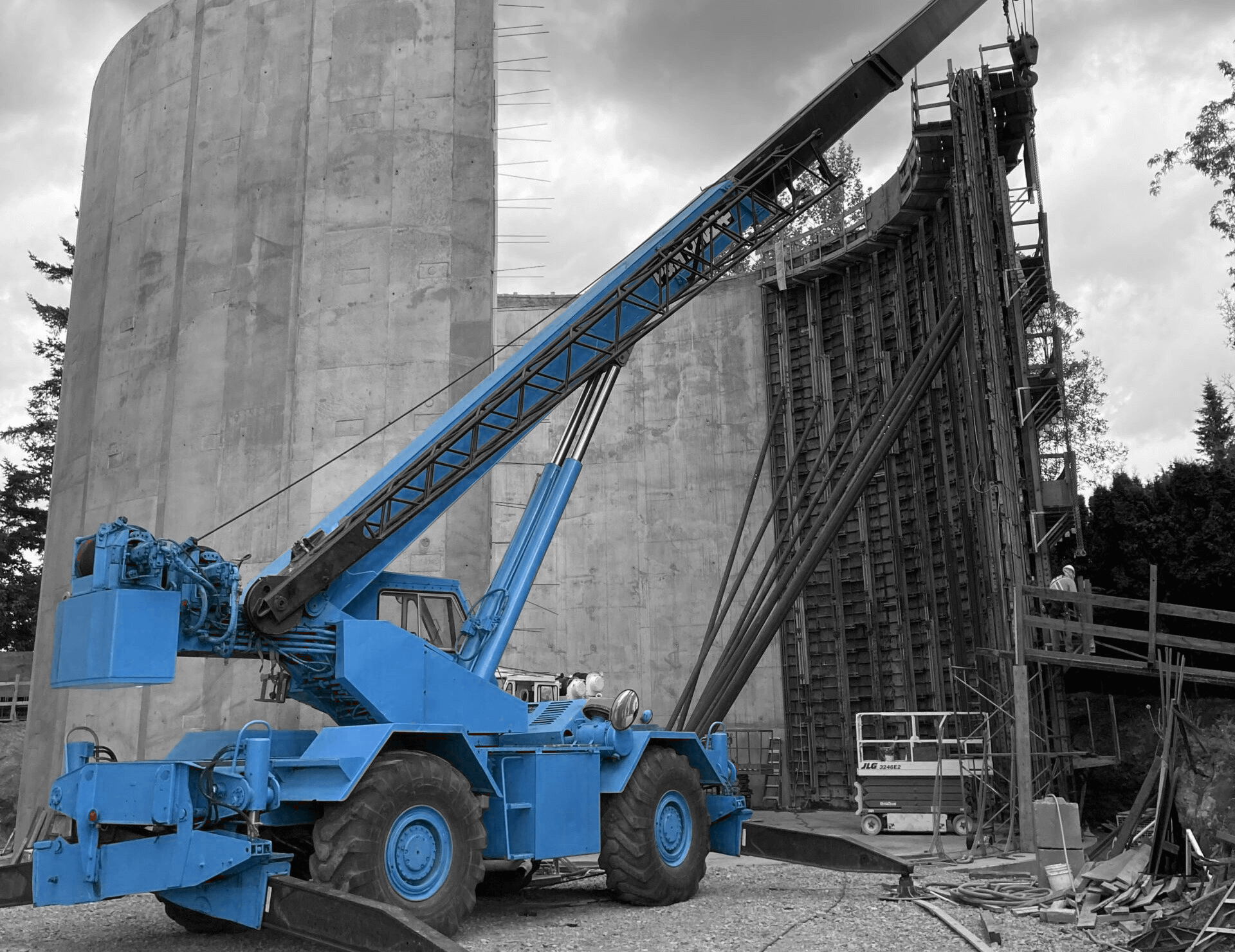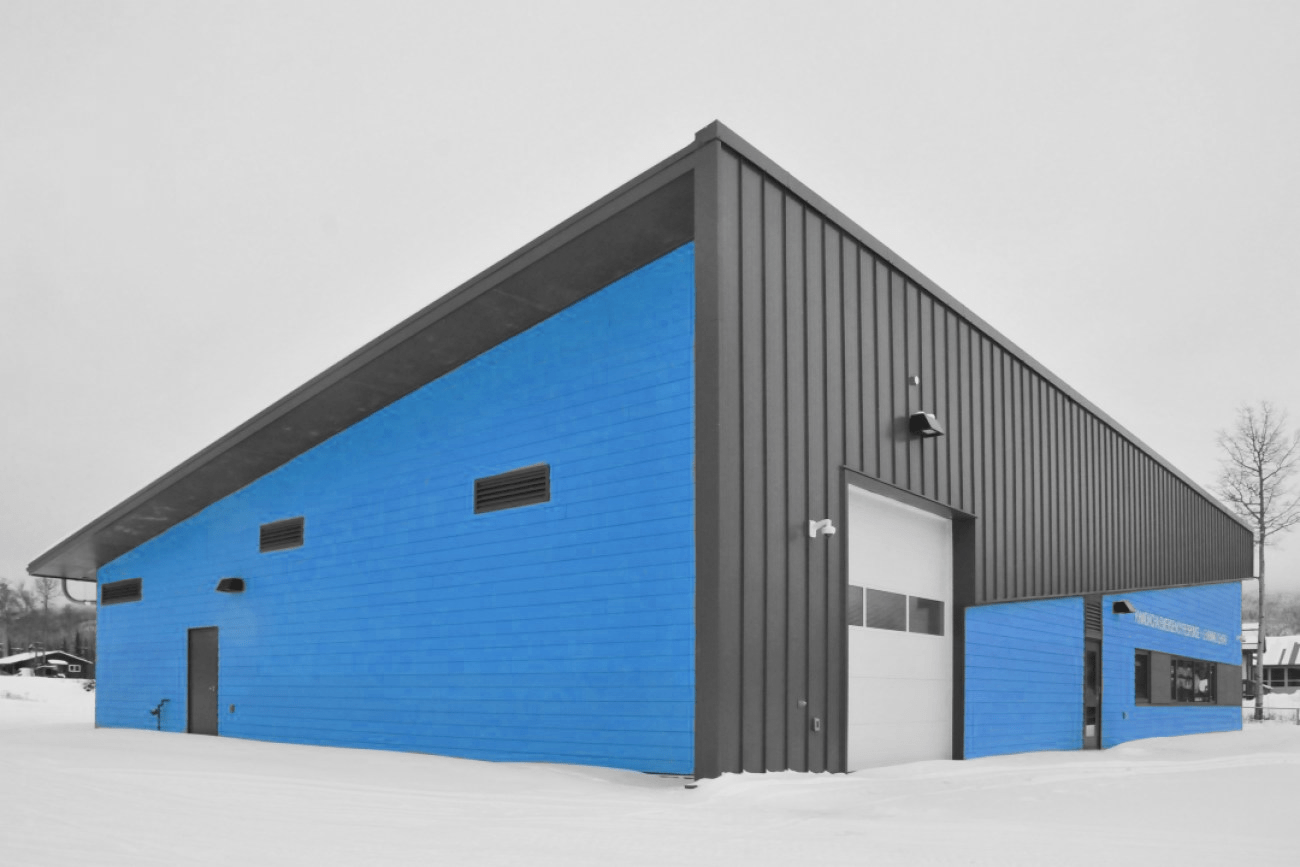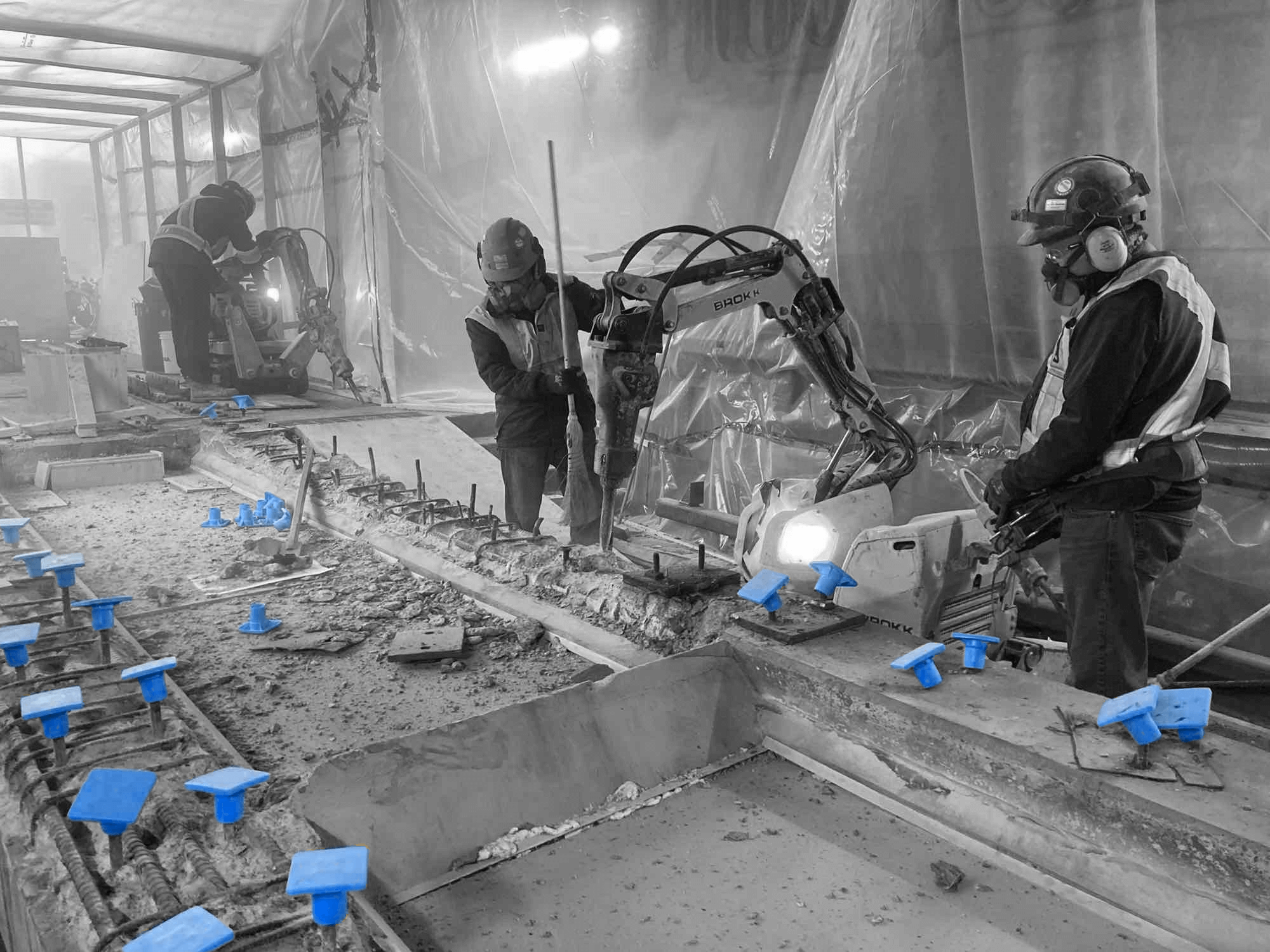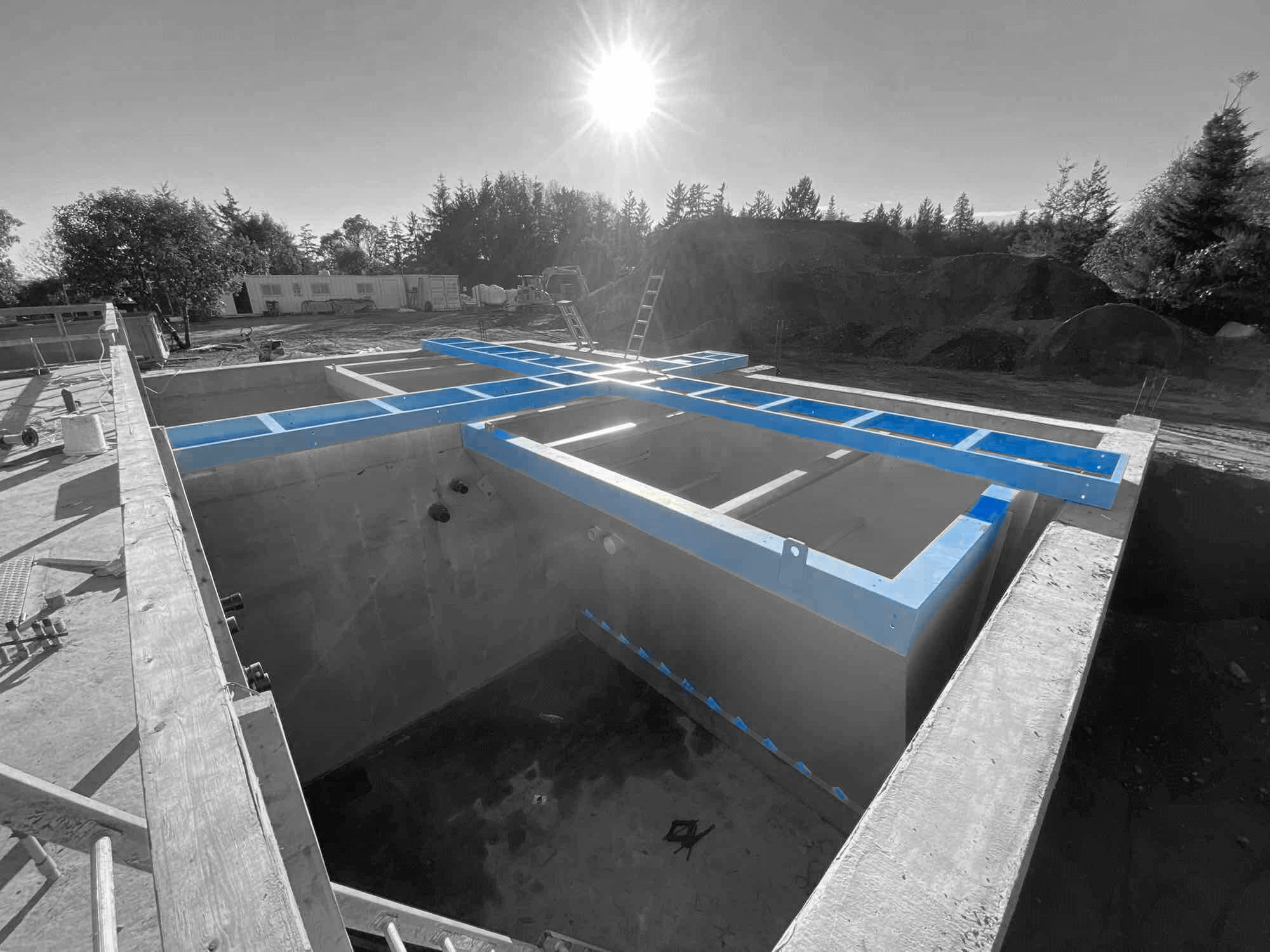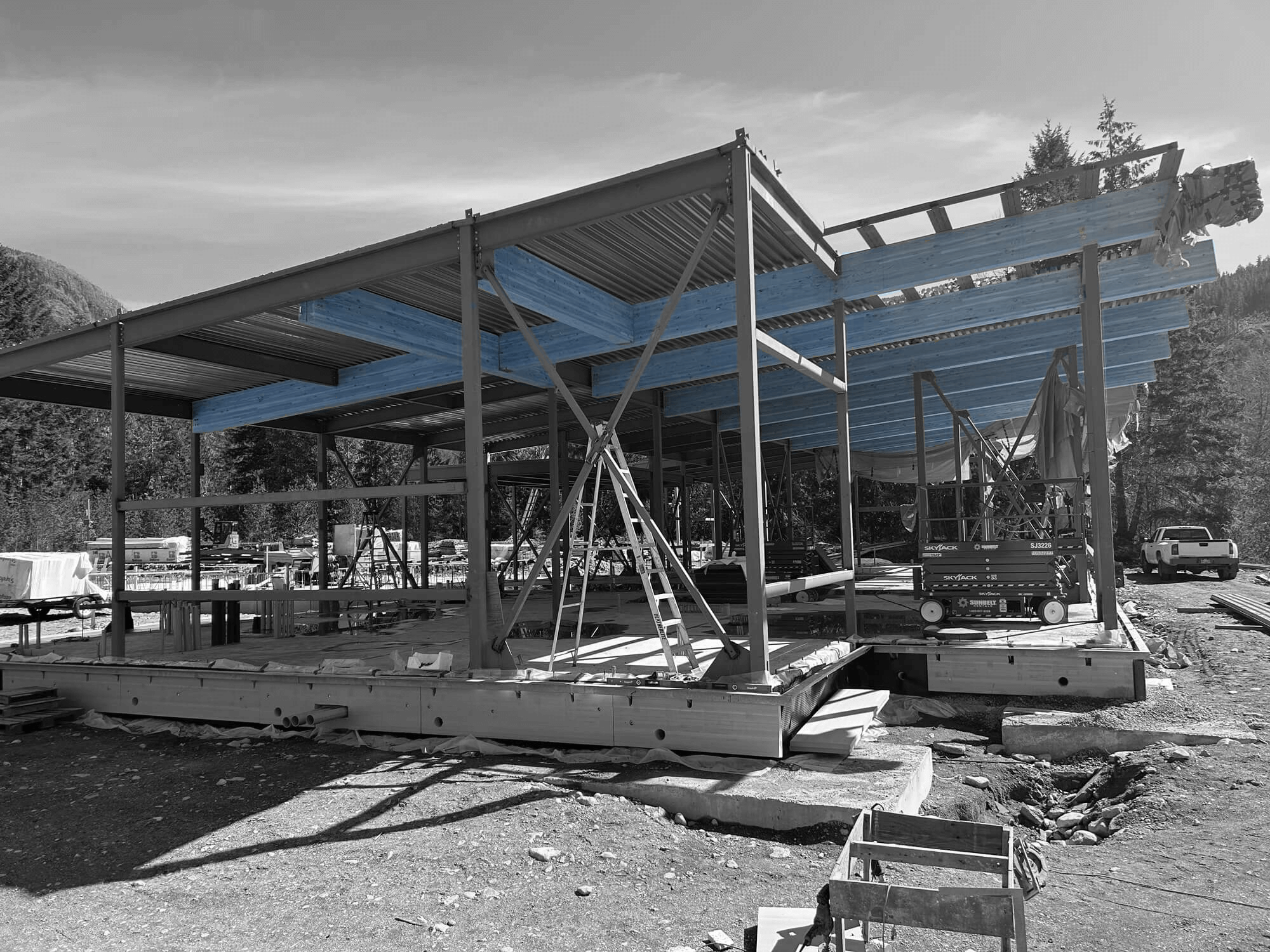Steel buildings are revolutionizing the industrial landscape, offering structures that are both practical and efficient. As industries continue to expand, the demand for facilities that maximize space and functionality grows. Steel has become the material of choice due to its unmatched durability and flexibility.
These buildings can withstand harsh conditions and provide a sustainable solution for industrial applications. Their design allows for quick assembly and customization, meeting the specific requirements of every project. From manufacturing plants to logistics hubs, steel structures cater to various industrial needs.
Choosing steel also means opting for a cost-effective and eco-friendly option. The materials often come from recycled sources, making them an environmentally responsible choice. Steel buildings not only reduce construction time and expenses but also contribute to long-term operational efficiency. As industries evolve, integrating versatile and resilient infrastructure becomes more critical than ever.
Advantages of Steel Buildings for Industry
Steel buildings offer numerous benefits that make them an excellent choice for industrial construction. Durability is one of the standout features; steel structures are tough and resistant to damage from harsh weather, pests, and even fire. This strength provides a reliable and long-lasting solution for industries that need buildings capable of withstanding demanding conditions.
Cost-effectiveness is another major advantage. Steel’s strength-to-weight ratio allows for less material to be used without compromising stability, which reduces construction costs. Fast and easy assembly further cuts down labour expenses and time on-site, allowing for quicker project completion and faster operational start-up.
Steel buildings are incredibly versatile. They can be easily customized to fit specific industrial needs, whether it’s creating expansive open areas or dividing spaces for different functions. They can accommodate heavy machinery, storage spaces, or specialized facilities like clean rooms, making them adaptable to various industry requirements.
These buildings meet the specific needs of modern industrial facilities by integrating technology and energy-saving features. Steel is recyclable, which supports sustainable building practices. Additionally, these buildings can incorporate energy-efficient insulation and other design elements that reduce utility costs and environmental impact.
Key Design Features of Industrial Steel Buildings
Modern industrial steel buildings boast several key design features that enhance their functionality and sustainability. Understanding these elements helps businesses make the most of their steel structures.
- Modular Components: Steel buildings often use modular components, which allow for flexibility in design. These parts can be combined in various ways, making it easy to expand or modify the building as needs change. This adaptability ensures the building remains useful over time.
- Structural Strength: The inherent strength of steel makes these buildings capable of supporting heavy loads. This allows them to house complex machinery and handle significant operational demands without the risk of structural failure. The robust nature of steel ensures safety and reliability.
- Energy Efficiency: Steel buildings can be designed with energy-efficient features like insulated panels, solar-ready roofs, and efficient HVAC systems. These options not only help reduce the energy consumption but also lower operational costs.
By incorporating these design elements, steel buildings offer improved functionality and resource efficiency. They maximize usable space and support energy-saving practices, making them ideal for industries aiming to minimize their carbon footprint while boosting productivity. The combination of modular components, structural strength, and energy-efficient features provides a comprehensive solution for today’s industrial challenges.
Challenges in Constructing Steel Buildings
Constructing steel buildings comes with its own set of challenges that need careful attention to ensure project success. One of the primary challenges is site preparation. Unlike indoor builds, outdoor sites may require extensive groundwork to create a stable foundation. Uneven terrain, rocky soil, or waterlogged areas can complicate the process, adding time and cost if not properly managed.
Weather conditions also pose significant obstacles. Steel construction requires precise work that can be disrupted by rain, winds, or extreme temperatures. These conditions can halt construction, delay timelines, and increase costs, particularly if materials are damaged or workers’ safety is at risk.
Effective strategies to manage these challenges include:
- Thorough Site Analysis: Conduct comprehensive geological and environmental assessments before construction begins. Understanding the site helps in planning appropriate foundation measures, ensuring a stable base for the building.
- Weather Contingency Plans: Develop flexible schedules that account for possible weather delays. This could mean planning work during certain seasons or adopting protective measures, like temporary shelters, to shield work areas.
- Use of Advanced Tools: Implementing the latest technology in surveying and construction can provide more accurate data and streamlined workflows, minimizing disruptions caused by various challenges.
By recognizing and effectively planning for these challenges, projects can maintain momentum and achieve their goals without unnecessary setbacks.
Innovations in Steel Building Construction
The field of steel building construction is witnessing exciting innovations that are transforming how these structures are designed and built. Pre-engineered components are at the forefront, revolutionizing the speed and efficiency of construction projects. These elements, made in controlled environments, cut down on-site labour and construction time, while ensuring consistent quality.
Smart building systems also play a crucial role in modern steel construction. By integrating advanced sensors and automated systems, buildings can self-regulate their energy usage, ensuring optimal efficiency and reduced operational costs. This technology enhances the functionality and sustainability of industrial spaces.
Innovation highlights include:
- 3D Printing: Emerging as a game-changer, 3D printing allows for the creation of complex building elements with precision and speed. This reduces waste and allows for innovative design possibilities.
- Sustainable Materials: New advancements in materials, such as recycled steel and low-emission manufacturing processes, support eco-friendly projects that align with stricter regulations and sustainability goals.
These innovations not only cater to current industrial demands but also pave the way for future developments. Modern technology ensures that steel buildings remain adaptable and forward-thinking, providing comprehensive solutions for industrial growth and efficiency.
Conclusion
In the ever-evolving world of industrial construction, steel buildings provide a robust and versatile solution. They stand up to the challenges with unmatched durability, cost-effectiveness, and adaptability. With key design elements like modular components, structural integrity, and energy-efficient options, these buildings cater to diverse industrial needs, promising functionality and sustainability.
Construction challenges such as site preparation and weather conditions require strategic planning and innovative solutions to ensure project success. Embracing advanced tools and thorough site assessments can effectively navigate these hurdles. Additionally, innovations such as pre-engineered components, smart building systems, and sustainable materials enhance construction efficiency, setting new standards for industrial design.
Industra Construction Corp. stands at the forefront of implementing these cutting-edge solutions, ensuring that every industrial project is completed with precision and care. Contact our steel building contractors today to discuss how our expert services in steel building construction can meet your industrial needs, providing a foundation for growth and success.


